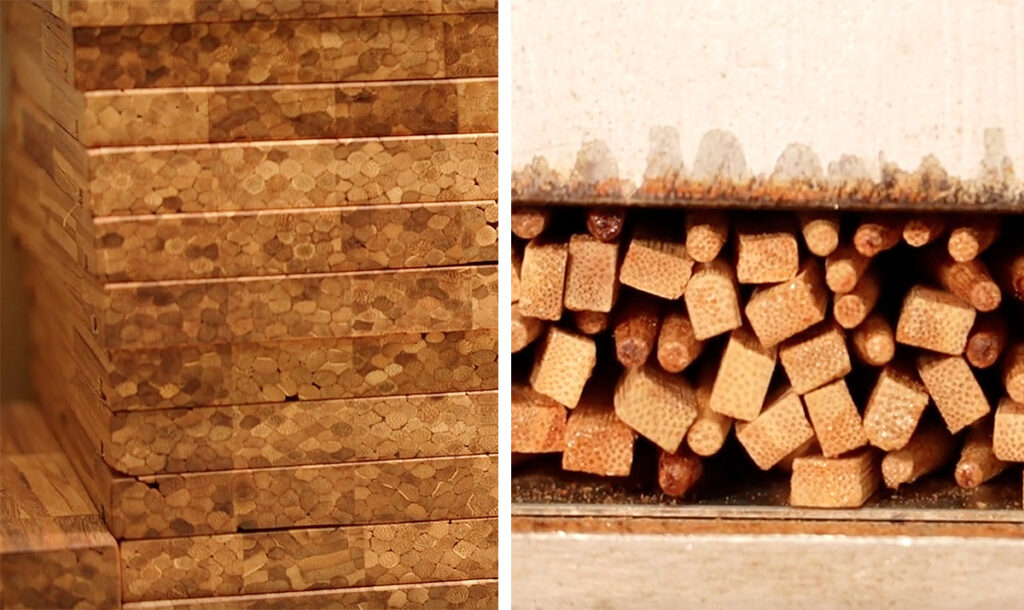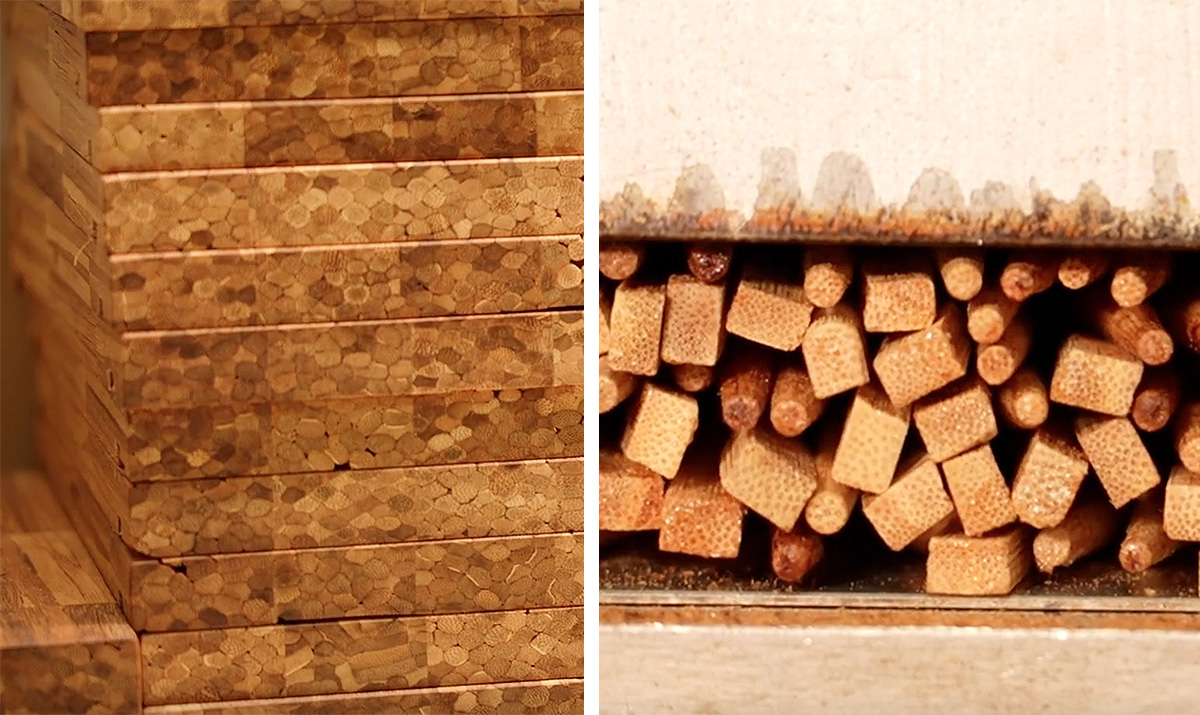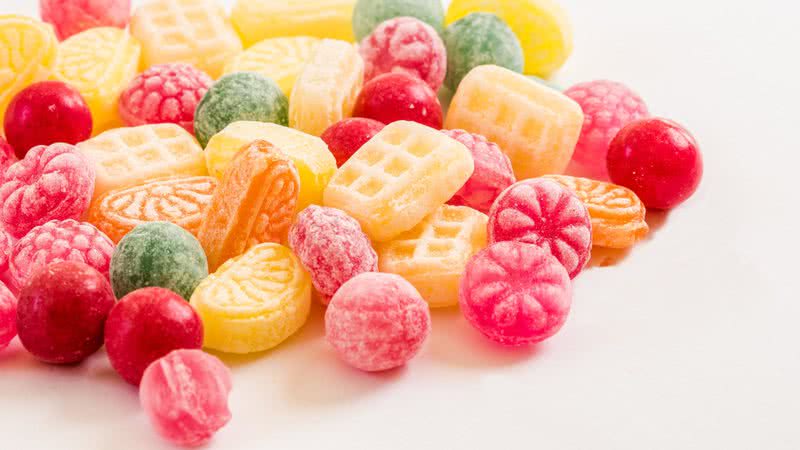With oriental cuisine, these cutlery have conquered the world – and billions of wooden chopsticks can be reused
Published on 03/07/2023

Photos: Reproduction Facebook Watch | Business Intern
Oriental cuisine has conquered the world. And with it came different cutlery, which is used in restaurants, delivered with delivery notes and in stalls or food trucks: the “baguettes”. More durable than disposable plastic cutlery, these chopsticks are made from biodegradable raw materials, usually wood or bamboo. But even so, they can be an environmental problem, as estimates suggest that around 80 billion pairs of disposable chopsticks are used each year.
Giving new purpose to this material is one of the ways to make chopsticks even more durable. This is what makes ChopValuea Canadian company that collects used chopsticks and transforms them into a variety of products such as furniture and countertops.
In Vancouver, where the company’s micro-factory operates, 100,000 chopsticks are thrown away every day. This huge amount of wood or bamboo that has only been used once is a valuable material that can be used as raw material for building furniture and other objects.
The work begins with the removal of baguettes from approximately 300 restaurants in the city, twice a week. Per day, 100 to 250 kilos of waste are collected, but during the pandemic the average was 300 kilos. Restaurants don’t charge for the material, but they also don’t pay for the proper removal and disposal of the waste they produce – a relationship that benefits ChopValue, the establishments and the planet.
The baguettes are then transported to the micro-factory, according to a business model that can be reproduced in other parts of the world. And inside, the process can be followed closely by anyone who wants to understand the idea of ChopValue founder and CEO Feliz Böck.
The first step is to organize the chopsticks, for this they use a table that shakes them until they fall into custom boxes and are organized in rows. Then the wands are bathed in a water-based resin, which forms a protective layer. Then they pass through an oven at 200°C for 5 hours, which kills all microorganisms that are dangerous to human health.
After this stage, the baguettes are again separated and carefully weighed and organized for the following stages: 560g are placed in metal molds and pressed, until forming a plywood which serves as raw material for the manufacture of various products.
“It is at this stage that the chopsticks are transformed into a new material which is the basis for the manufacture of our final products”explains Felix.
These wooden blocks can be put together to form larger pieces, like furniture or shelves, or small objects, like dominoes or wooden trays. To make a table, for example, around 10,000 sticks are used.
Another advantage of manufacturing using wooden blocks made with sticks is that it is possible to customize the products, according to the needs of each customer, varying sizes and formats. The company offers over 30 off-the-shelf products, but is open to creating new parts.
Since its inception in 2016, ChopValue has recycled more than 33 million chopsticks, avoiding sending the waste to landfill. The solution found by the Canadians could be replicated in countries where chopsticks are the “official” cutlery, such as China. There, around 130 million chopsticks are thrown away daily.
For now, ValueChop is expanding its micro-factories to locations closer to where it was founded and already has branches operating in select cities across the United States.
Feliz hopes the products made with chopsticks will help raise awareness about the circular economy and the importance of finding solutions to the problems around us. “You can tell your friends that your table is made up of 10,000 chopsticks and start a conversation about recycling and waste generation, for example,” he comments.
It is important to remember that even if wood is less polluting than plastic when it is thrown away, the manufacture of these objects depends on the felling of trees to make chopsticks which will only be used once. Although offering an alternative to the material after its use, it is important to remember that reducing the production of disposable products and the generation of waste are more effective alternatives than recycling or reusing this material.
For more information go to: chopvalue.com.

“Typical zombieaholic. General twitter fanatic. Food fanatic. Gamer. Unapologetic analyst.”







